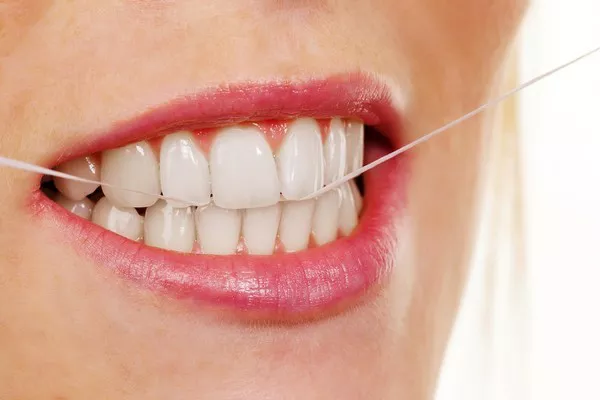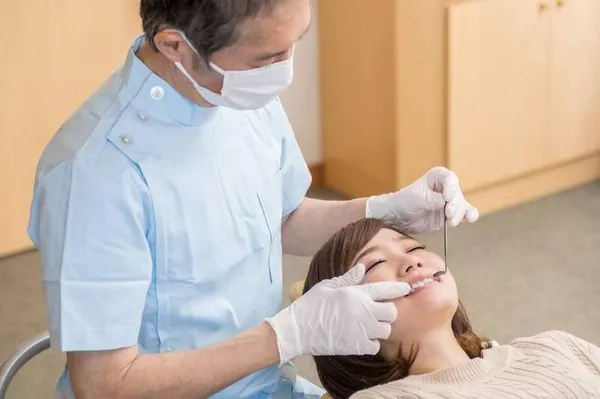A straight and well-aligned smile is not only aesthetically pleasing but also essential for overall oral health. However, many people experience issues with the alignment of their bottom teeth. Misalignment of the lower teeth, also known as malocclusion, can lead to various dental problems. In this article, we will explore the common reasons why your bottom teeth may not be aligned and the importance of addressing alignment issues.
Common Causes of Misaligned Bottom Teeth
Several factors can contribute to the misalignment of lower teeth. Understanding these causes can shed light on why your bottom teeth may not be aligned as they should be:
1. Genetics
Genetics play a significant role in determining the alignment of your teeth. If your parents or grandparents had issues with misaligned teeth, you may be genetically predisposed to develop similar problems.
2. Dental Development
Issues during the development of your permanent teeth, such as overcrowding, can lead to misalignment. If there is insufficient space for your lower teeth to erupt properly, they may become crooked or crowded.
3. Early Childhood Habits
Habits during early childhood, such as thumb sucking or using a pacifier for an extended period, can exert pressure on the developing teeth, potentially leading to misalignment.
4. Tooth Loss
The loss of one or more teeth can disrupt the balance and alignment of your remaining teeth, including the bottom ones. Adjacent teeth may shift into the empty space, causing misalignment.
5. Jaw Misalignment
Problems with the jaw’s alignment, such as an overbite or underbite, can affect the positioning of the lower teeth. These issues can be hereditary or develop due to factors like injury.
6. Tooth Decay and Gum Disease
Untreated tooth decay and gum disease can lead to the loss of teeth and bone structure, which can, in turn, affect the alignment of your bottom teeth.
7. Oral Trauma
Trauma to the face and jaw, whether from sports injuries or accidents, can result in misaligned teeth, including those in the lower arch.
8. Wisdom Teeth
The eruption of wisdom teeth, also known as third molars, can disrupt the alignment of the lower teeth, especially if there is insufficient space for them to emerge properly.
The Importance of Addressing Misaligned Bottom Teeth
Addressing misaligned bottom teeth is crucial for several reasons:
1. Oral Health
Misaligned teeth can create spaces and crevices that are difficult to clean properly. This increases the risk of plaque buildup, tooth decay, and gum disease.
2. Functionality
Proper alignment of teeth is essential for effective biting, chewing, and speaking. Misaligned teeth can interfere with these functions, leading to discomfort and potential jaw problems.
3. Aesthetic Concerns
A straight and well-aligned smile is often considered more attractive. Misaligned teeth may affect your self-esteem and confidence.
4. Speech Issues
Misaligned teeth can contribute to speech difficulties, affecting your ability to pronounce certain sounds correctly.
5. Jaw Pain and Discomfort
Malocclusion can lead to jaw pain, headaches, and temporomandibular joint (TMJ) disorders due to the strain on the jaw and facial muscles.
Treatment Options for Misaligned Bottom Teeth
Fortunately, there are several effective treatment options available to address misaligned bottom teeth:
1. Orthodontic Treatment
Orthodontic treatments, such as braces or clear aligners (e.g., Invisalign), are designed to straighten and align teeth gradually. These treatments can correct various alignment issues, including crowded, crooked, or spaced teeth.
2. Tooth Extraction
In cases of severe overcrowding, a dentist or orthodontist may recommend tooth extraction to create space for the remaining teeth to align properly.
3. Retainers
Retainers are often used after orthodontic treatment to maintain the alignment of your teeth. They can help prevent relapse and keep your bottom teeth properly aligned.
4. Jaw Surgery
For individuals with severe jaw misalignment issues, orthognathic surgery may be necessary to correct the position of the jaw and, in turn, align the teeth.
5. Dental Restorations
In cases of tooth loss, dental restorations like implants, bridges, or dentures can replace missing teeth and restore alignment.
Consultation with a Dental Professional
If you are concerned about misaligned bottom teeth or experiencing any related issues, it’s essential to seek consultation with a dental professional. A dentist or orthodontist can assess your oral health, diagnose alignment issues, and recommend appropriate treatment options based on your specific needs and goals.
Conclusion
Misaligned bottom teeth can result from various factors, including genetics, dental development, habits, and trauma. Addressing misalignment is essential for maintaining oral health, functionality, aesthetics, and overall well-being. Fortunately, there are effective treatment options available to correct misaligned teeth and provide you with a straight and healthy smile. Consultation with a dental professional is the first step toward understanding your specific alignment issues and determining the most suitable treatment plan for you.
Related Topics:
































